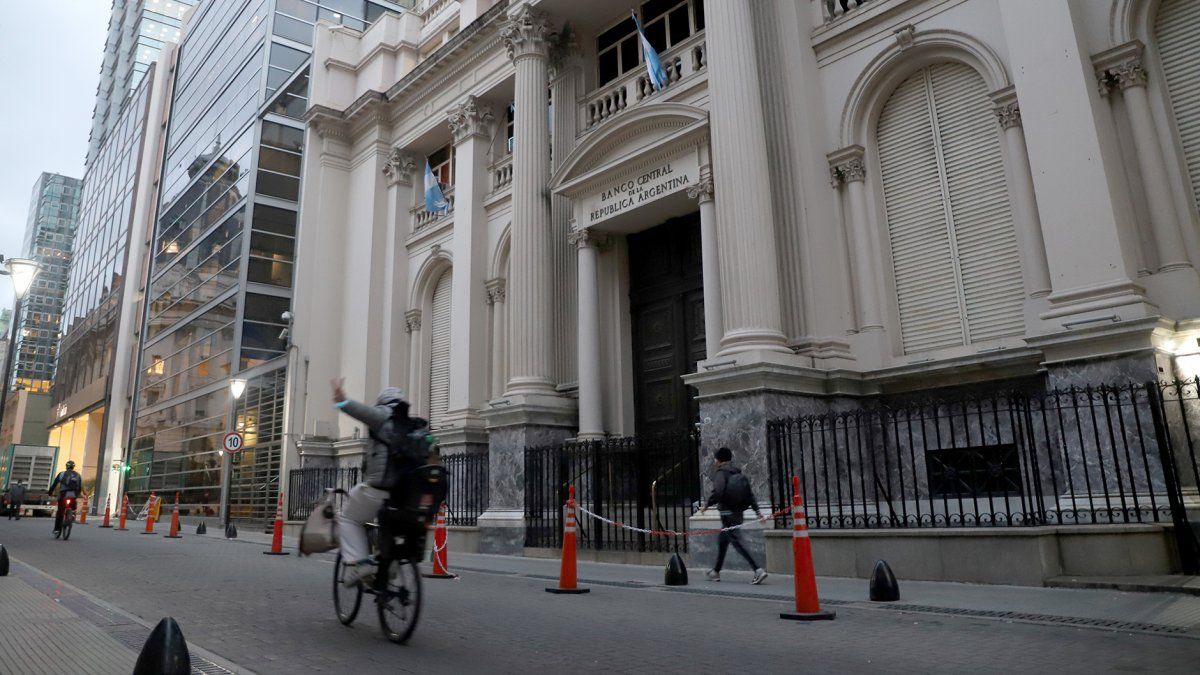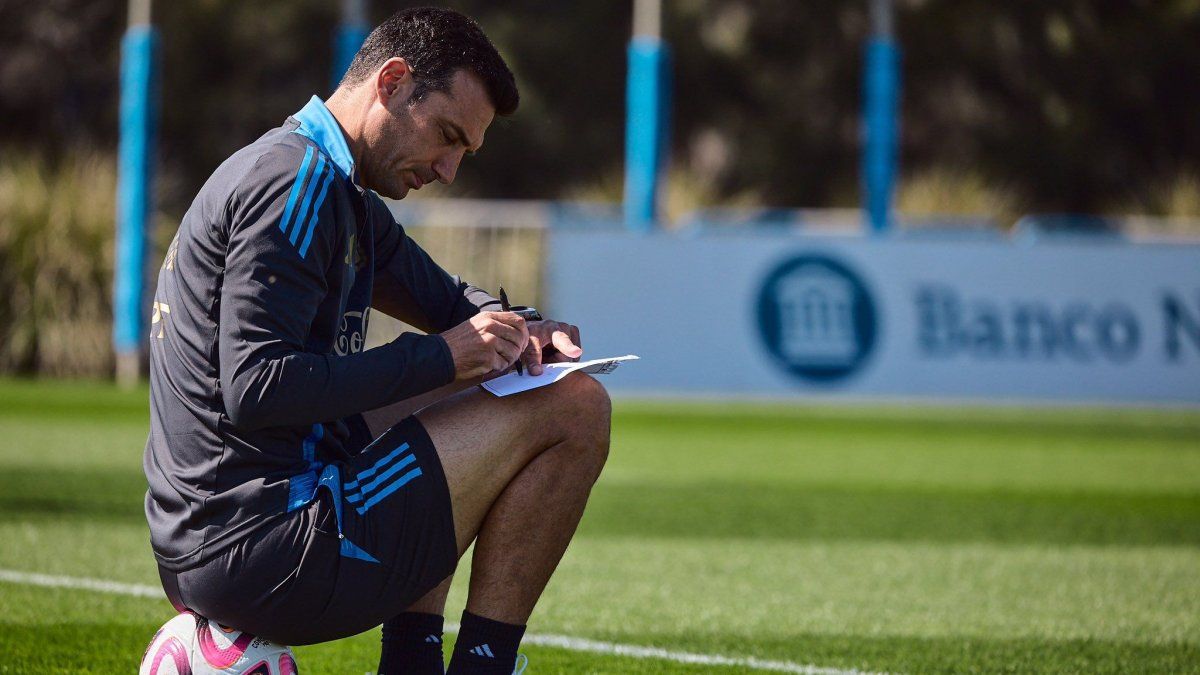Since January, a mechanism has been in force that allows public organizations to go to the MULC with dollars from international credit organizations to dispose of them. Some changes in the norm generated alert in the City. What is it really about?
This Thursday, the Central Bank (BCRA) issued a regulation that generated confusion in the market, since some voices associated it with a pesification of dollar deposits of public entities. However, it is an error in reading a measurementwhich, although it is still relevant and which is one more sign of the problems that exist at this time to attract dollars, but which does not consist of a pesification of deposits itself (a concept that in Argentina generates fear due to its reminiscence of the corralito).
The content you want to access is exclusive to subscribers.
The first thing to note is that, as he explains to Ambit a source of BCRA, “this regulation already existed”. Therefore, the initial error in the reading that was disseminated through social networks was that the norm is not new, it was already in force, and the second, that never references depositsbut to the flows that are recorded in a time window that covers from December of last year to date and forward.


And it is that the rule in question is Communication “A” 7732, which modify some points of a previous regulation referring to the fact that public organizations may settle in the official exchange market (MULC, Mercado Único y Libre de Cambio), the funds that enter (from 12/01/2022) from international credit organizations.
The norm is not new
As the economist Federico Glustein mentions, the new regulation is a continuation of the “A” 7667, issued by the BCRA in January of this year, according to which the organizations could have in dollars the funds coming from disbursements of international credit organizations and , in case they needed to use them, they could access the MULC to liquidate them.
This is confirmed by official sources Ambitwho explained that “the rule that came out in January allowed public entities to convert dollars they have from international credits into pesos adjusted to the official exchange rate.”
They indicate that the State has a lot of accounts in dollars of public organizations that are distributed in commercial banks. those dollars do not make up the net reserves of the BCRA, precisely because they are in commercial banks. For that reason, all state agencies have to sell those dollars in the MULC in order to use them.
A mechanism to bring dollars into reserves
When carrying out this operation, as happens with all the dollars that are settled there, they become part of the daily flow that is registered by that market. Consequently, they are converted to pesos at official exchange rate and the BCRA can count those dollars in calls “liquid reserves”. In this way, the concrete thing is that “entities should not go through any dependency to sell dollars,” Glustein clarifies.
Thus, the regulation provides that, while they are not using these Dollarspublic bodies convert them into pesos adjusted to the official exchange rate (currently at $205.78) and, in this way, they are added to the net reserves of the BCRA, which allows them to be used in the exchange market (this does not change anything from the previous rule). And what the “A” 7732 seeks is to “perfect this system” with the following modifications:
- It says, on the one hand, that if public organizations received an international credit and it was not used in its entirety, the surplus can be re-dollarized through the MULC
- and, on the other hand, it extends the time scope to December income (until now it was from January).
Source: Ambito



